- Joined
- Feb 9, 2015
- Messages
- 693
Wow I'm glad the video is loading now, very coolIt took three tries, but this one was a fun one:
View media item 5157
I followed the instructions and pattern given in E. J. Tangerman’s Whittling and Woodcarving and used a Camillus 72 for the bulk of the carving. I switched to my modified Case 6383 with its thin, pointy clip blade for the hinge cuts.
The first attempt looked better, right up to when it broke while I was trying to separate the parts.


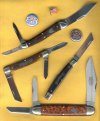
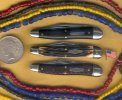
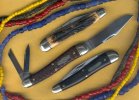
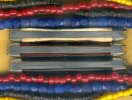
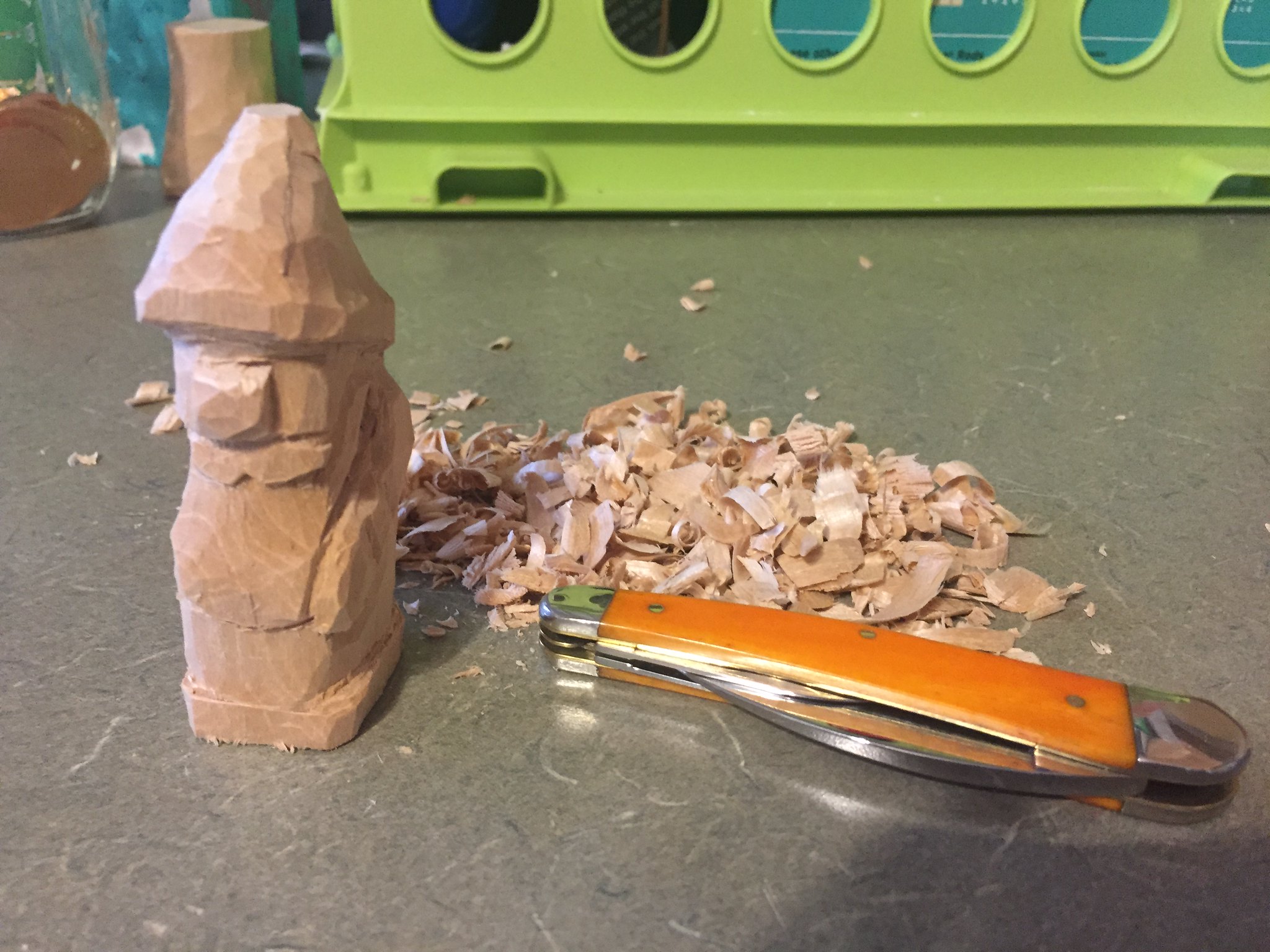 C68E43DD-5512-46B3-B0D5-0B5E3EE5CB0D
C68E43DD-5512-46B3-B0D5-0B5E3EE5CB0D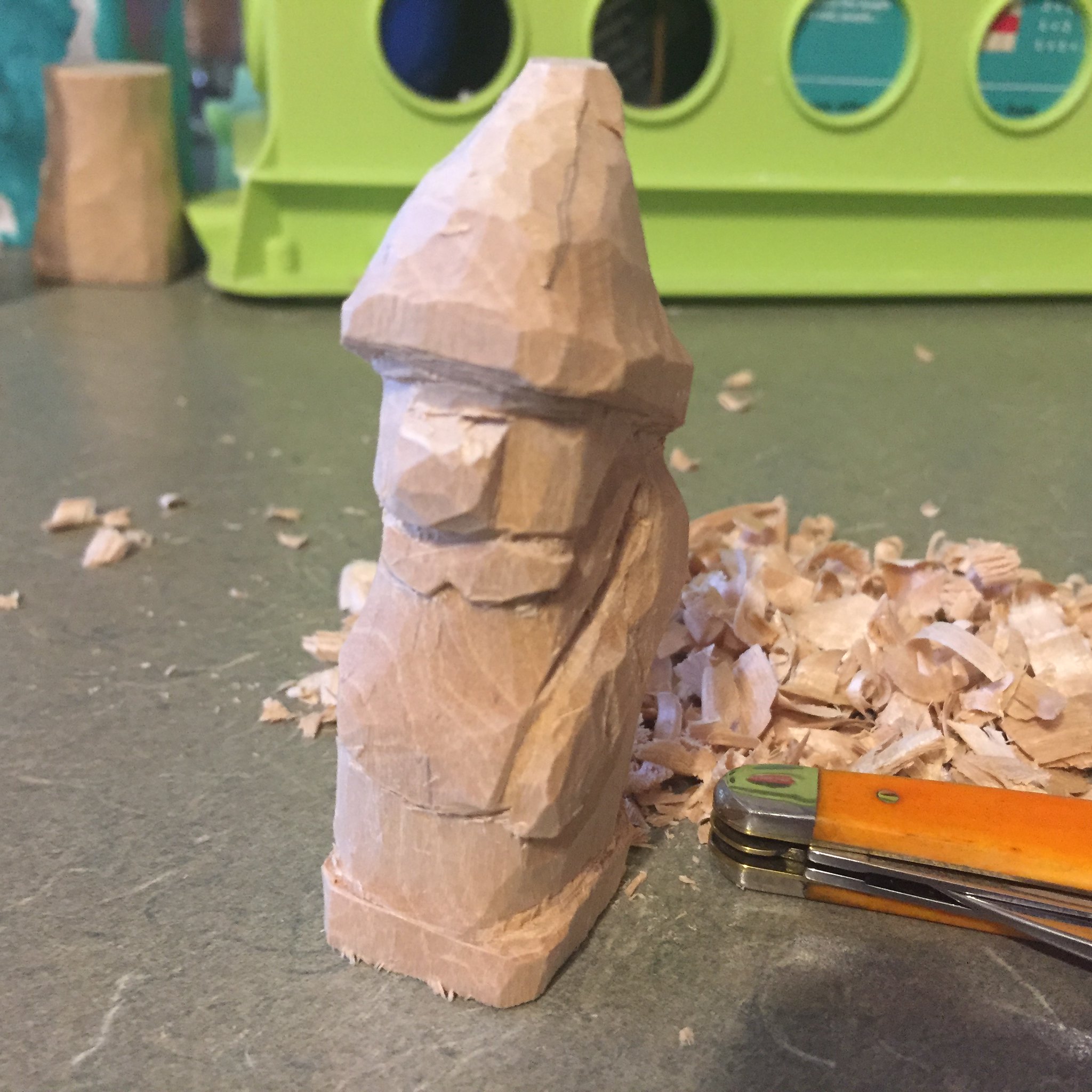 15D54D83-DD50-45EC-AC53-C38E7D8A31DB
15D54D83-DD50-45EC-AC53-C38E7D8A31DB
 25FA2C74-691F-4458-B181-2FC550110AA1
25FA2C74-691F-4458-B181-2FC550110AA1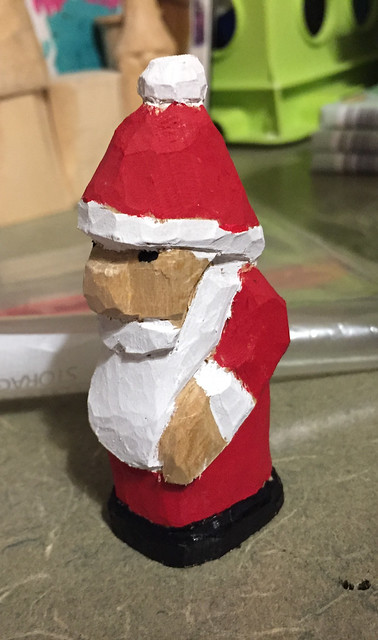 87BE041C-3E0D-4849-84A1-4F58FFACE4DE
87BE041C-3E0D-4849-84A1-4F58FFACE4DE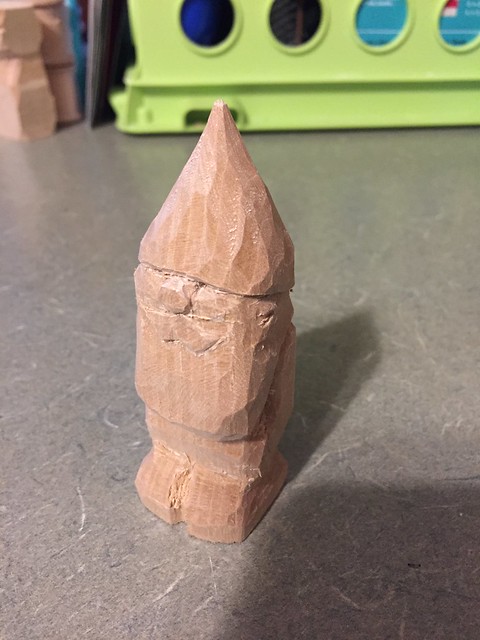 FB5E06A3-C030-461A-84B8-9834C7788B16
FB5E06A3-C030-461A-84B8-9834C7788B16